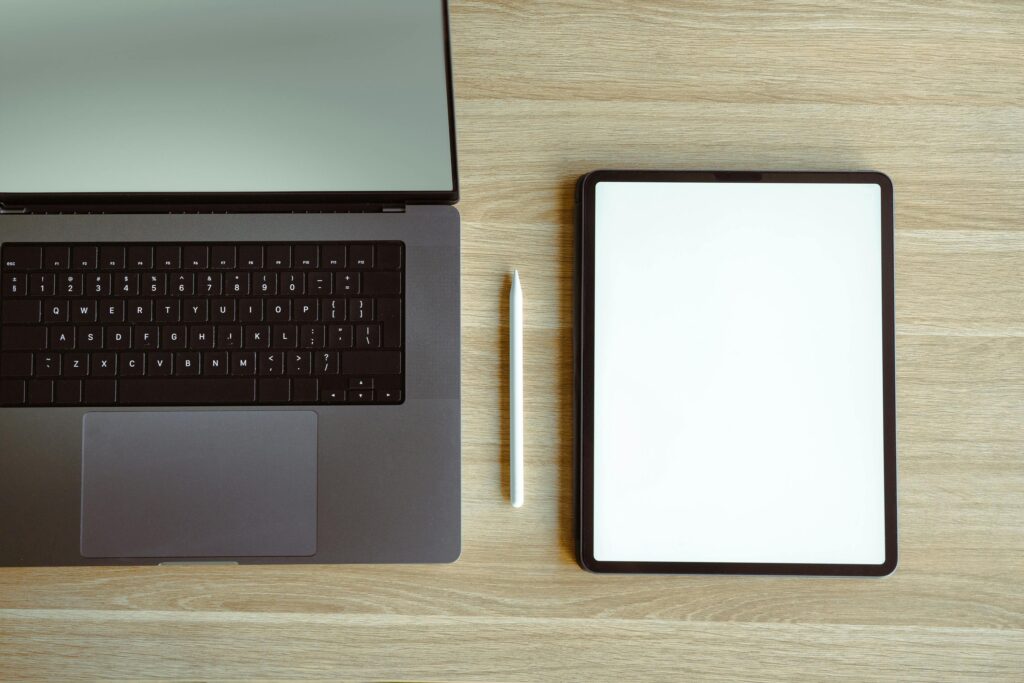
For many digital learners, laptop keyboards are all they’ve ever known—compact, shallow, and easy to carry everywhere. But when you move to a mechanical keyboard, the experience changes fast. The keys feel different, the sound is louder, and the typing action often requires more force. While this switch can be exciting, it can also be uncomfortable if you’re not prepared.
Fortunately, transitioning smoothly is absolutely possible with the right expectations and a little focused practice. Whether you’re typing essays, coding, or completing online coursework, a well-chosen mechanical keyboard can improve comfort and long-term touch typing efficiency.
What to Expect When Switching to Mechanical

Mechanical keyboards differ from laptop keyboards in several key ways. First, key travel—the distance a key moves when pressed—is usually deeper. This adds tactile satisfaction but can feel tiring at first. Mechanical switches also vary widely, from light and quiet to heavy and clicky. Finding the right switch type matters more than many people realize.
Another adjustment is finger positioning. Because mechanical keyboards often sit higher, wrist posture becomes more important. A poor angle can cause discomfort when typing for long periods, but a wrist rest or adjustable desk setup can help maintain proper alignment.
Typing accuracy may dip initially. That’s normal. Laptop keys are flat and tightly spaced, while mechanical keys have sculpted tops and more space between them. The change affects muscle memory—your fingers simply need time to learn the new layout and feel.
If you already have strong typing fundamentals, the transition becomes easier. Skills like proper keyboard ergonomics help build smoother movements and reduce strain as you adapt to a new typing environment.
Master Typing & Digital Skills with Typesy!
Go beyond keyboarding—Typesy helps you boost digital literacy, productivity, and efficiency in today’s tech-driven world.
Tips for Making the Transition Smooth and Comfortable

Start by understanding your switch type. Linear switches feel smooth, tactile switches provide a gentle bump, and clicky switches offer strong feedback and sound. Choose one that matches your typing comfort rather than following trends.
Next, ease into practice. Begin with shorter typing sessions to avoid finger fatigue. Gradually increase your duration as your hands adjust to the new key feel. Typing exercises, especially those that reinforce rhythm and accuracy, help re-establish muscle memory quickly.
Adjust your workstation. Because mechanical keyboards tend to be taller, elevating your chair slightly or adding a wrist rest can prevent strain. Keep your shoulders relaxed, elbows at a natural angle, and monitor at eye level.
Sound may also be an unexpected factor. Mechanical keyboards can be loud depending on switch type and keycap material. If you share study spaces, consider quieter switch options or add dampening accessories.
Digital learners benefit from improved precision when they type efficiently. Developing strong skills means greater speed in writing assignments, note-taking, and communication tasks. By focusing on good habits during your transition, you strengthen consistency across all devices.
Try practicing with typing platforms that support skill-building. They help improve accuracy, speed, and confidence while you adapt. Incorporating consistent typing practice routines ensures you make progress without overwhelming your hands.
Finally, have fun with customization. Mechanical keyboards allow you to personalize switches, keycaps, lighting, and even layout. These adjustments not only improve comfort—they make your workspace feel motivating and uniquely yours.
Building awareness of healthy digital habits also helps. When transitioning to heavier switches, it’s important to avoid overexerting the fingers or typing with unnecessary force. Maintaining safe typing technique keeps your hands comfortable, even during long study or work sessions.
Not on Typesy Yet? You're Missing Out!
Master typing, boost productivity, and enhance digital literacy with Typesy—the leading platform for adaptive and engaging typing education. Whether you're an individual learner, a homeschool educator, or managing a classroom, Typesy has the perfect solution for you!
Choose Your Ideal Experience:




